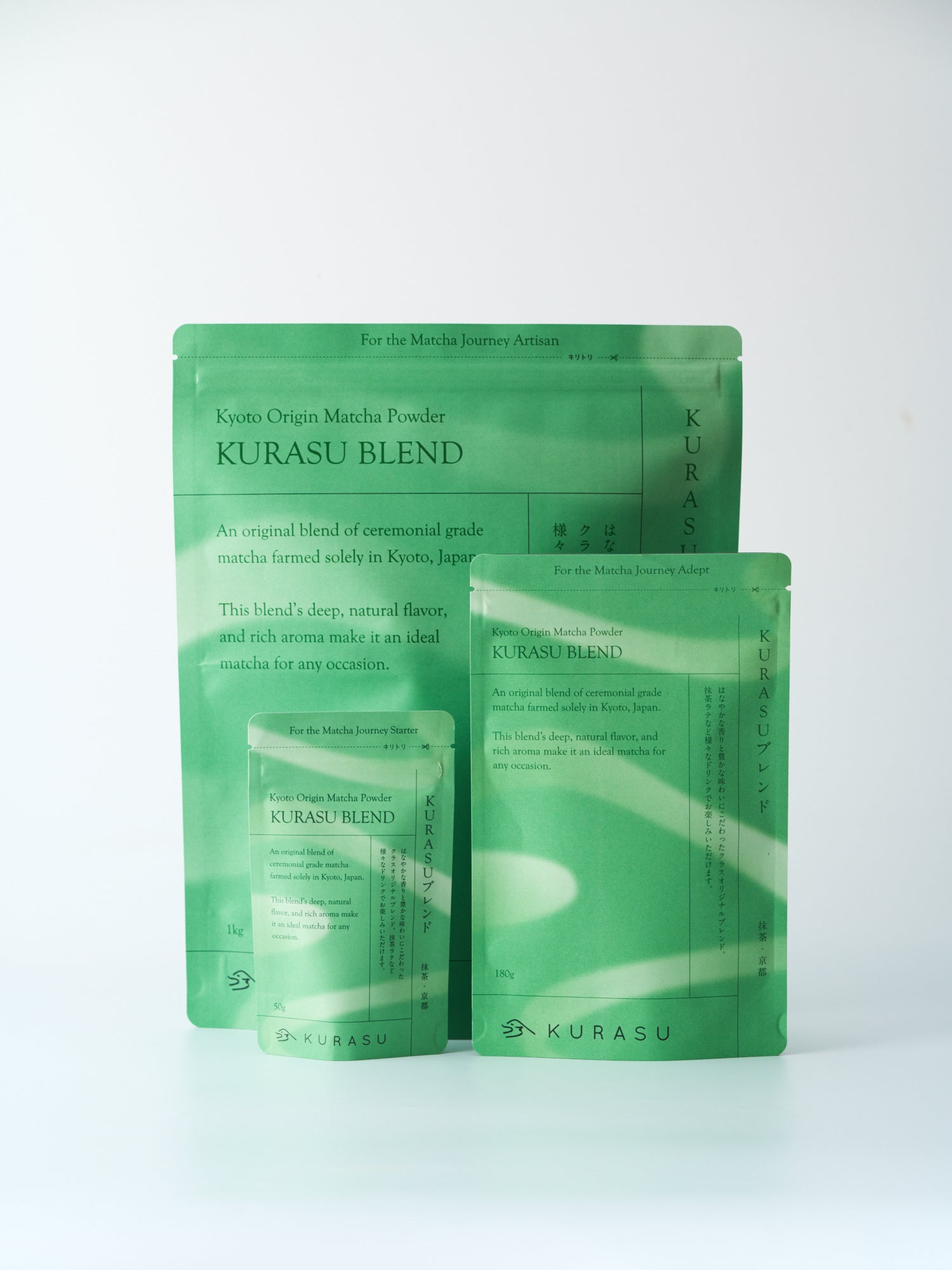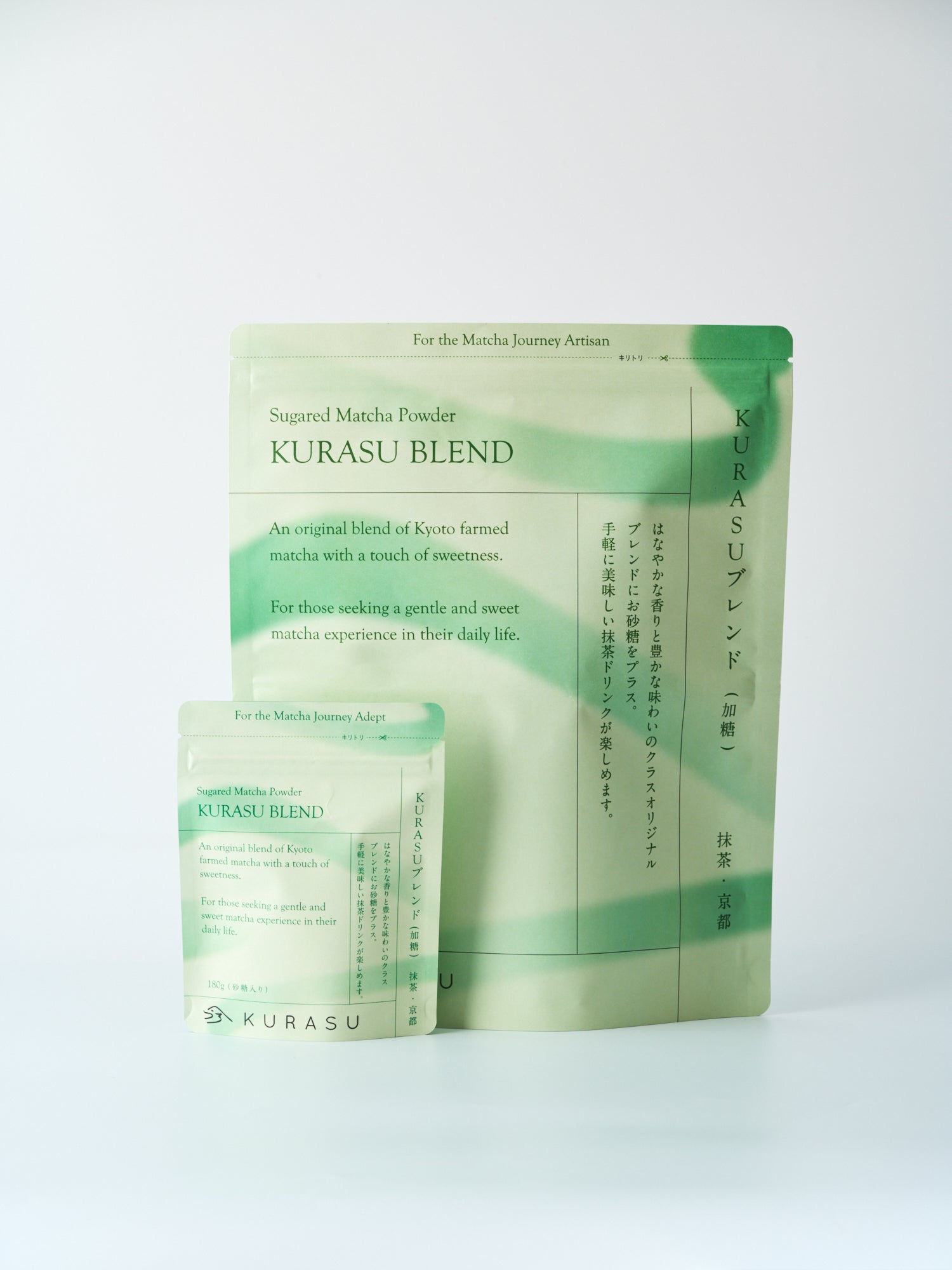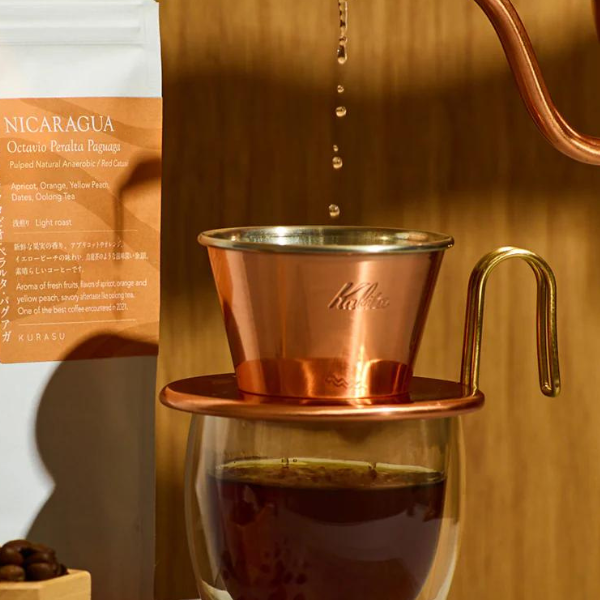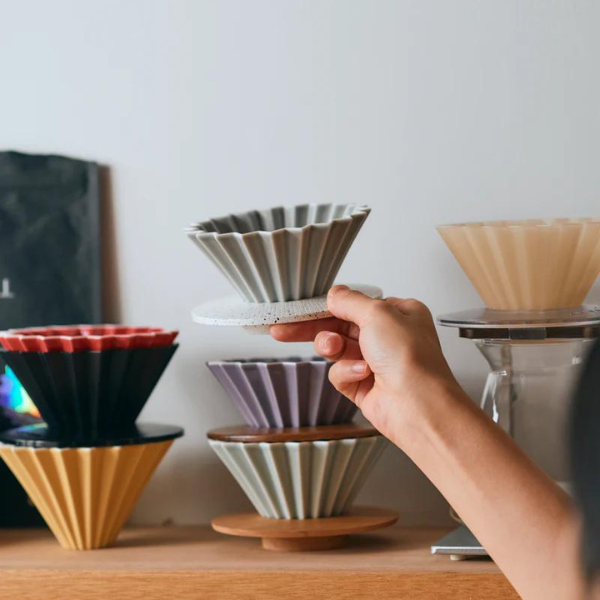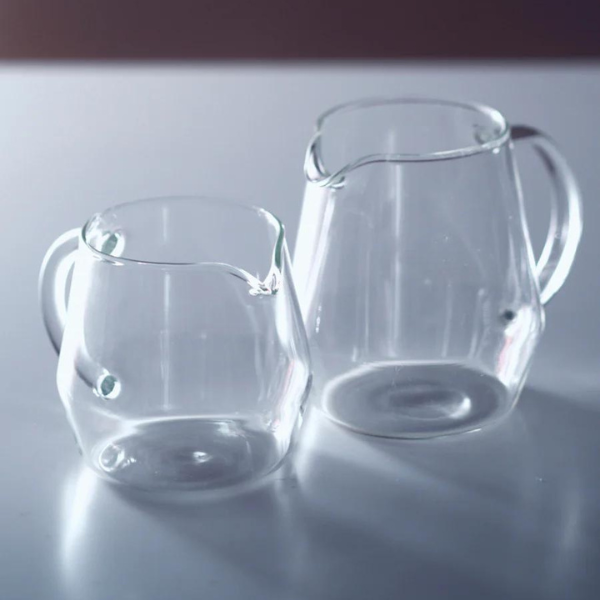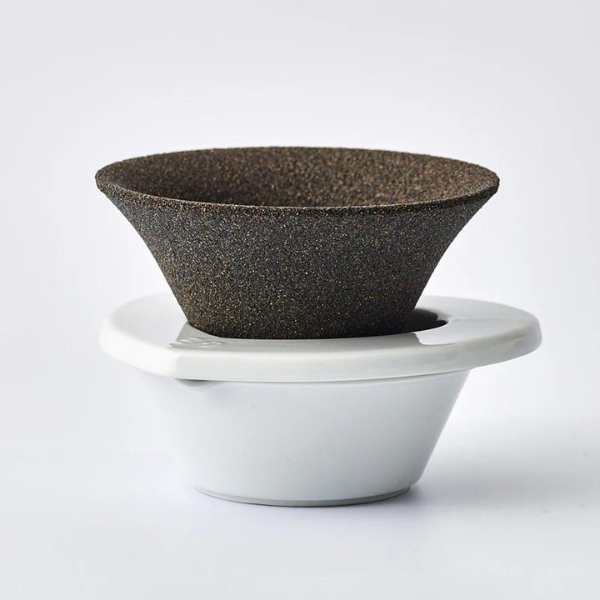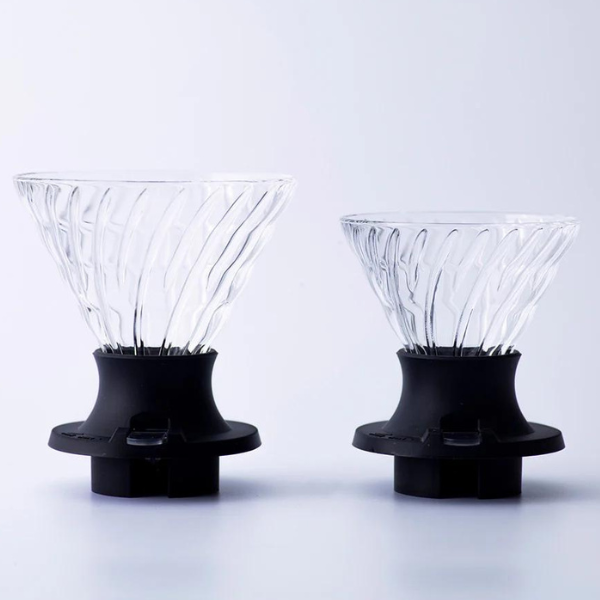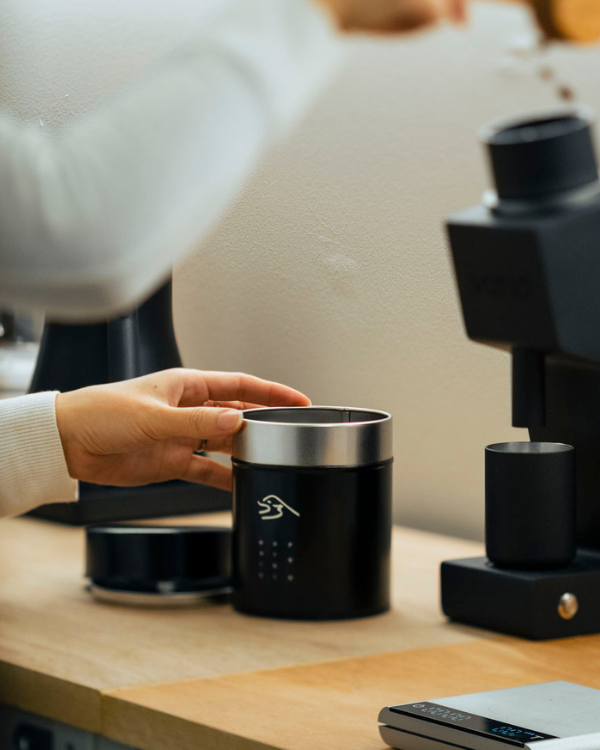4/4 SEASONS COFFEE in Shinjuku, Tokyo is our next featured roaster for our #kurasucoffee subscription. We asked Saito-san, the roaster of the cafe about his journey with coffee.
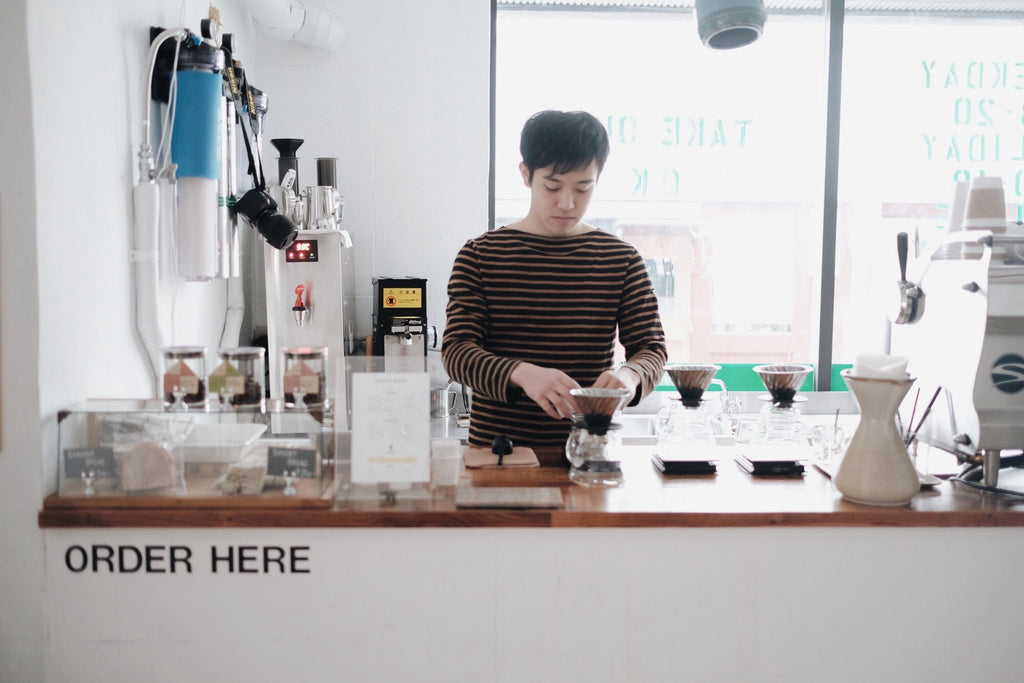
When Saito-san was a freshman at his university, he jumped into one Starbucks cafe for the first time-and decided to get a job there. At the time he didn’t even know what the purpose of the hole on the lid for the takeout cups, but he liked the atmosphere there, as the place was filled with a variety of stylish people, vibrant staff and he loved the coffee aroma. He started working at the cafe, but soon after he started he became disappointed as Starbucks decided to shift their service from full-hand brewing with Marzocco to semi-automated machine brewing. Saito-san recalls that his idea of what makes the ideal coffee service was already beginning to shape itself even at this very early stage of his career.
Saito-san's course took to him to Minnesota where he studied for six months, a State famous for its wooden furniture industry. Through his experience, Saito-san gained an interest in wooden furniture and its craftsmanship, and joined the Japanese furniture company, Karimoku. It was an enjoyable experience, and Saito-san was very proud of the the products he was involved with, but having been assigned to the office in Niigata, and being far away from home with no acquaintances he was also extremely lonely.

In an effort to change this, Saito-san started to visit neighbourhood cafes at the weekends. There, he noticed that people like to spend their time in many ways, but it was their enjoyment of the coffee that enriched their time together. It reminded Saito-san of his experiences with coffee, and the interest became unignorable after reading an article by a magazine BRUTUS about specialty cafes such as Fuglen Tokyo and Onibus Coffee that were thriving in Tokyo. Saito-san decided to travel to Tokyo to do a cafe tour, and it was on this trip that he discovered the cafe that changed his life: Paul Bassett in Shibuya. It was a revelation, not only with their good coffee, but with their well-trained baristas, lively atmosphere and thorough service. It was exactly how Saito-san imagined his ideal cafe, so he approached their head barista, Suzuki-san, and they quickly became engaged in a fun and inspiring conversation, which led to Saito-san spontaneously asking if he could have a job there. Suzuki-san said he would hold a place for Saito-san until he was certain he wanted to change his career--but the next day, Saito-san returned to the office in Niigata and handed in his notice.

However, the only positions available at Paul Bassett at the time were in their adjacent chocolate shop, so Saito-san became a member of their sales staff. Although this was not the position Saito-san had dreamed of working in, he took it as an opportunity to show his passion and diligence. Saito-san learned everything he could about their product range including coffee beans, and he quickly became the best salesperson at the shop.Saito-san also went to the cafe 30 minutes early every morning to do cuppings, and observed other baristas’ work after his shift ends. His effort was recognised by Suzuki-san, and he announced that he will teach Saito-san their roasting, a position everyone dreams of landing.
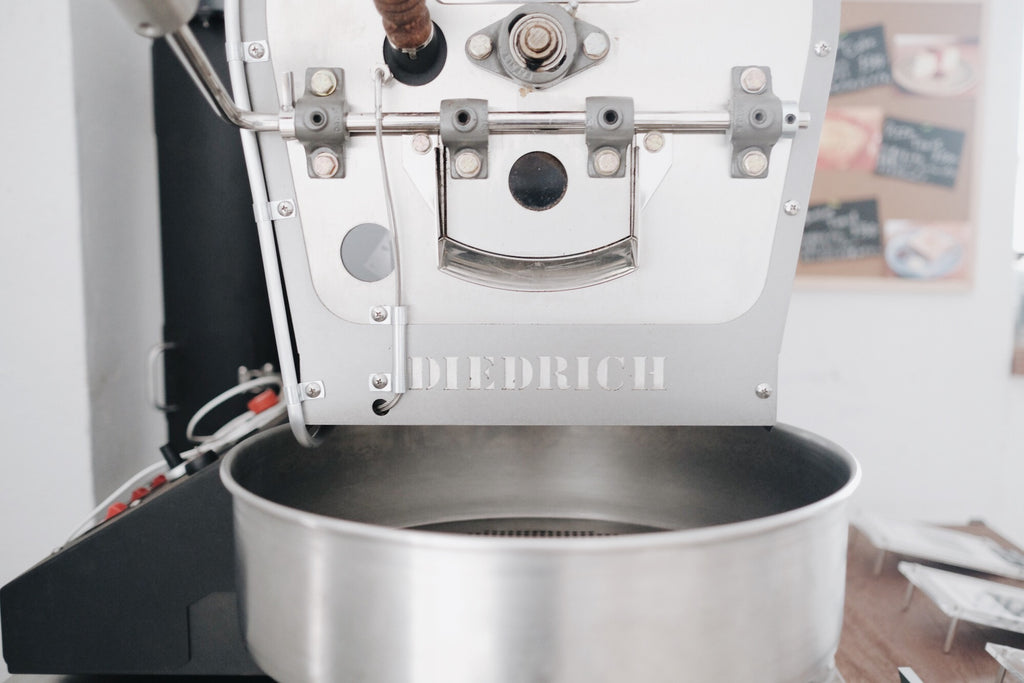
Saito-san didn’t even hesitate for a second before saying yes, despite the fact the job came with tremendous pressure. As an espresso bar, the quality of coffee and the roasting skill directly affects their business. There were very strict rules for the roasting method to keep their signature flavor, and everyone had to follow Suzuki-san’s method perfectly. It had an exact rhythm and precise routine--”it felt like I was an athlete”, Saito-san told us.
He kept on roasting and roasting everyday , throwing himself completely into the role, and the dream job started to become tiring, energy-consuming routine work. In the end, Saito-san found himself on the edge of hating coffee, and it made him realise that he need to take a rest.

Saito-san decided to leave Paul Bassett and started to work at Nui, a guest house in Kuramae, Tokyo, where he could enjoy serving coffee in a relaxing and friendly atmosphere. Whereas before he used to pursue “the perfect” coffee for the company, at Nui, he realised that what makes coffee good is not only its flavor, but also the atmosphere and conversation with people and how the coffee is served. Saito-san really enjoyed his time at Nui and it became his second home.

One day, Saito-san was approached by someone who wanted to invest in a new cafe. Saito-san came highly recommended to the investor by Suzuki-san. Saito-san was about to become a manager at Nui’s coffee department, and it felt wrong to leave such a perfect place, but the desire to grow and expand his career path was too strong and Saito-san decided to take the chance.

Saito-san was fortunate to find a place in Shinjuku, and he designed the cafe in such a way that people can share the tables and bars, to try encourage conversation and develop new friendships and communities.He started out serving coffee from ‘And Coffee Roasters’ and ‘Glitch Coffee’, and also from Hoshikawa Cafe from his hometown, Kumagaya.
Next year, Saito-san joined a shared roaster and started to roast again. Saito-san preference is for a light roast, and he started to pursue his ideal coffee, which is clean, juicy and unique expressing each crop’s characteristics. Unlike the roasting process he followed at Paul Bassett, there was no one answer for achieving a successful roast, but Saito-san enjoyed that journey, benefiting from a high-grade shared roasting machine and exchanging ideas with the other roasters he was sharing the machine with.
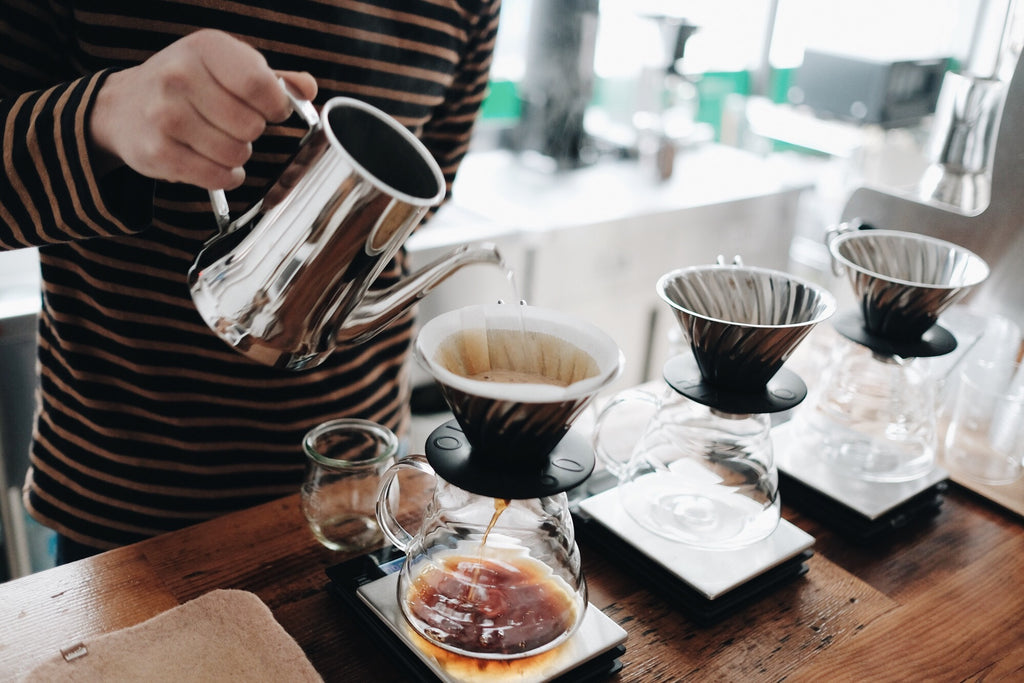
However, as Saito-san started to establish himself he wanted to make himself more distinct to the growing number of roasters in the area, so he decided to get a machine himself and start roasting on his own. With Diedrich 2.5kg, which was a perfect choice for the size of the cafe and for the quality control, Saito-san started over again, and that gave him a chance to look at the entire process of making coffee from a fresh perspective. “It almost feels like I’m giving coffee a life”, he explained.
He now roasts in a much slower pace than the time when he was roasting 50kg in a batch at Paul Bassett, but slowing down gave him some time to enjoy roasting. As he roasts in front of his customers, it often makes customers curious and leads them to have enjoyable conversations.
“I want my coffee to be something natural and nice to add to people’s life”, says Saito-san. Many locals are visiting the cafe regularly, and they say the cafe made the area more vibrant.
Shinjuku is a busy city. Saito-san is now planning to improve breakfast menu to help more people making their busy morning more enjoyable. On his Instagram you can see his trials and errors baking bread from scratch, as he wants his customers to enjoy freshly baked bread with his coffee. Saito-san also told us that he wants to establish a nice relationship with coffee farms, and Costa Rica is on the top of his list.
Saito-san keeps on running, and like every great scoring players, he has been surrounded by talented people who always give him a great pass to shoot. We have no doubts that Saito-san will keep on attracting great people with his passion and his charm, and taking himself to the next level.





